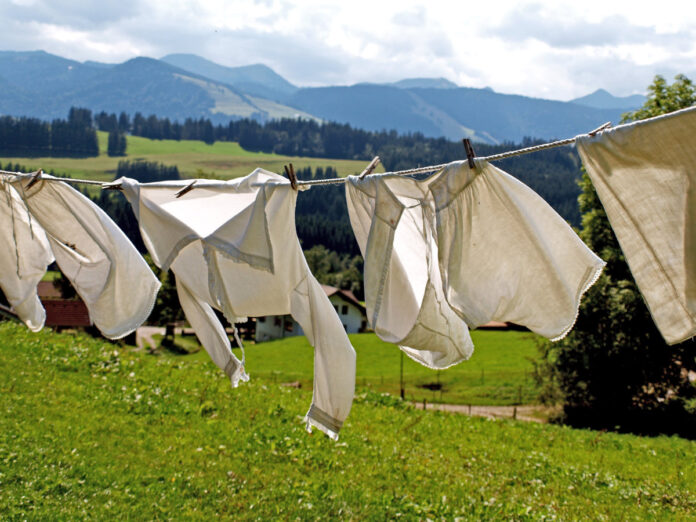After a world-shattering disaster in which none of us have utility-supplied electricity, gas or water, we will have to determine several things:
- How to best use what are likely very limited solar or other electrical generating resources
- How to best use a limited supply of gasoline
- Whether or not we should drive anywhere
Let’s tackle these one-by-one.
Best Uses of Limited Electricity
I have accumulated 350 watts of solar panels, a battery and two inverters. That’s not much. Since panels rarely produce 100 percent of their rated power, let’s assume I can produce an average of 300 watts-per-hour for four hours and an average of 150 watts for six hours, for 2,100 watthours on a sunny summer day. Considering we will lose some energy when we convert it to 110, that’s about 2 kilowatts. That’s not much for a household that uses 30 kilowatt hours per day.
Consider shorter winter days, cloudy, rainy or snowy days, of which we have many, and our production drops further. We may have to survive on 1 kWh per day, or 3 percent of our normal electrical consumption.
So where does this very limited electrical power go?
That’s nowhere near enough for running a refrigerator, so while we might need refrigeration, it is out or the picture.
Electrical Priorities
My biggest priority is going to be lighting. Artificial lighting is what separates us from the dark ages. It extends the hours of the day we can work and be productive after dark. Bright beams allow us to identify threats and tell them apart from things that go bump in the night. It can also allow us to read at night. It is also safer and brighter than an open flame. While we have a number of LED lights that produce a great deal of light for just 13 to 15 watts, we also have rechargeable batteries for headlamps, flashlights, and lanterns.
Communication is also important, and we will accomplish it by using radios with rechargeable batteries and battery packs. If we have multiple people carrying FRS or Baofeng-type radios while patrolling or working, we could blow through some batteries very quickly.
Defensive capabilities have to be considered at some point. This includes charging batteries for night vision equipment and gun-mounted lights.
Then we come to the laptop. Charge the battery so we can access information stored on it.
After the batteries are charged, I expect any “extra” power will be used to run the washing machine. Having a working washing machine will be a time saver and morale booster. There won’t be enough power for drying, of course, but we can build clotheslines.
Your electrical priorities may be different. For example, if you have an electric well pump, that would likely be a priority. In a hot part of the country, a fan might be more important than light. It’s your call, but it’s best to think about it now while you can still run to the store and buy solar components or 12-volt appliances. I expect the competition for stealing solar panels on road signs will be pretty fierce in a WROL scenario, so buy a couple now.
Gasoline Priorities
Our most important use of gasoline at our retreat will be cutting, splitting, and hauling firewood because that is our heat source, cooking fuel, and an integral part of our survival. Chain saws will be mission critical, but we may also use the truck to haul firewood poles or rounds from where the tree is to our splitting area. That kind of power could improve our output.
It seems to me that the gas-powered log splitter is a gasoline hog. I believe it takes more gas to split the logs than it does to cut them to length. Unless there is a local source from which we can renew our gasoline supplies, we’ll be doing a fair amount of manual wood splitting.
I can assure you we won’t be mowing the lawn or using the weed whacker if gasoline is in short supply. I can see using the tiller to expand the garden, but not much else.
In a long-term grid-down scenario, we won’t be using the generator much. I have no problem running the generator if there’s a blizzard or an ice storm and we all know power will be back on in four to seven days. If it is an EMP strike or nuclear war, then the gas we would burn in the generator has far more important uses. Five gallons can give us electricity for a day or enough firewood to heat us for months.
I don’t have propane appliances, but if you do, you need to think about what your priorities are for propane. Cooking? Heating? Hot water? Hot water would be low on my list. It’s a luxury, not a necessity.
A 500 gallon tank of propane won’t last long if you heat with it, assuming you have a heater that will work without electricity.
Driving
I hope and expect we are well enough prepared that after the SHTF we don’t have to drive anywhere, with the possible exception of some last-minute shopping in the immediate area. Rather than representing a 400-mile trip, I want the 20-gallon tank in my truck to represent a reserve store of gas for my logging and firewood efforts.
I’d drive somewhere to buy more gas, to get someone medical care, or to make an important trade that would benefit us, but there won’t be any joy riding post-SHTF. No visiting friends unless you can walk there. Each mile driven would have to be weighed against the value of that gasoline.
I expect some gas stations with large tanks will use their gas as a barter item, pumping with a manual pump or even a bucket built from a four-inch PVC pipe. Gasoline will be useful, and knowing we could resupply for a few months would allow more flexibility in how we use it. (Like running that hydraulic log splitter.) But after a bad enough disaster, it will run out, even if we don’t drive. And at some point, stored gas will go bad. Then we’ll have to turn to steam power, animal power, or manual labor.
Planning for Power Needs
I’ve talked before about how a massive strike would send us back to the 1880s, but few people would have the skill or perseverance to survive it. We don’t have the horses, the industrial base, or the skilled labor to jump 140 years back in time. Those lucky enough to survive will have to rebuild to that point, which will take years, before we can rebuild to this point.
Making effective use of minimal power resources we have after the SHTF can give you a needed leg up during the bad years. Plan accordingly.








